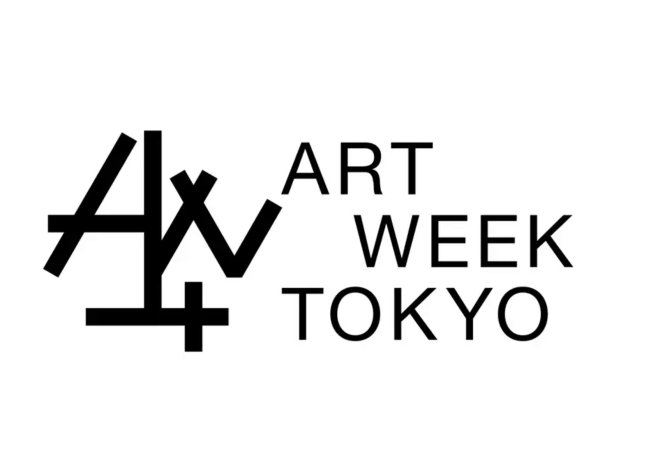
New divisions and conflicts keep breaking out around the world, while the global environmental crisis only continues to deepen. Alongside these pressing issues, recognizing previously marginalized identities and cultures has become a major concern of contemporary art. What kind of future can we envision under these conditions? Is it possible for different values to coexist in diversity? What is the necessity of art right now?
Although there are no right answers to these questions, I believe the natural principles and invisible energies that have sustained our existence from long ago can give us a broader sense of the world in times of uncertainty. Numerous thought and faith systems in Asia conceive holistic worldviews based on dynamic practices of sense and wisdom that account for the integration of the microcosm of the body within the macrocosm of the universe, the fluid equilibrium of the five cosmic elements, and the presence of the spirits that dwell in the earth and in natural phenomena. This outlook in turn reminds us of a world understood through the inquiry of physics, chemistry, astronomy, and geology, rather than one ruled through power and the forced categorizations of politics and economics, as well as a world beyond science altogether.
Entitled Earth, Wind, and Fire: Visions of the Future from Asia, this edition of Art Week Tokyo Focus examines the cosmic elements of earth, wind, fire, water, and wood and the invisible energies that generate their circulation. The exhibition brings together representations of the universe and its energy cycles in contemporary art, spanning from Asian worldviews to those of other diverse cultures.